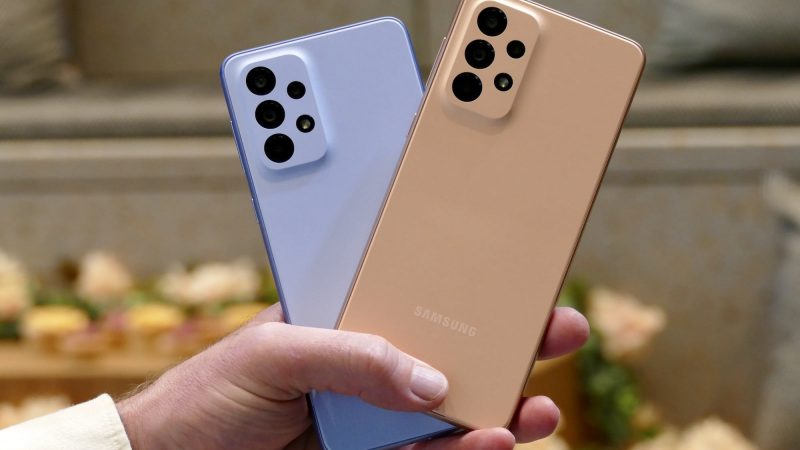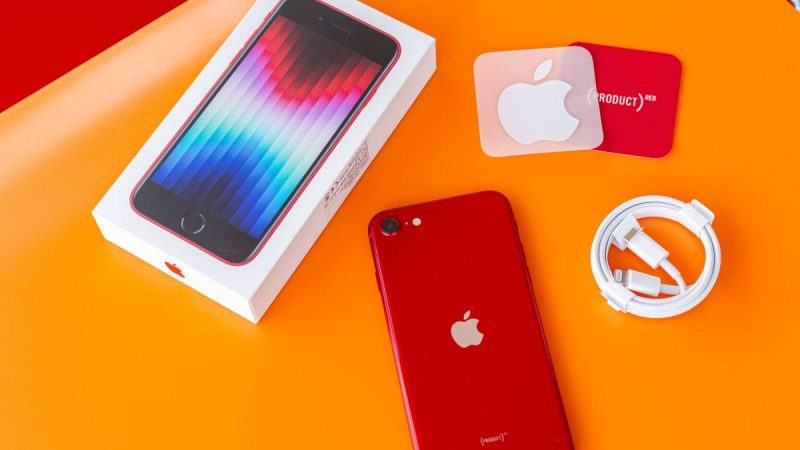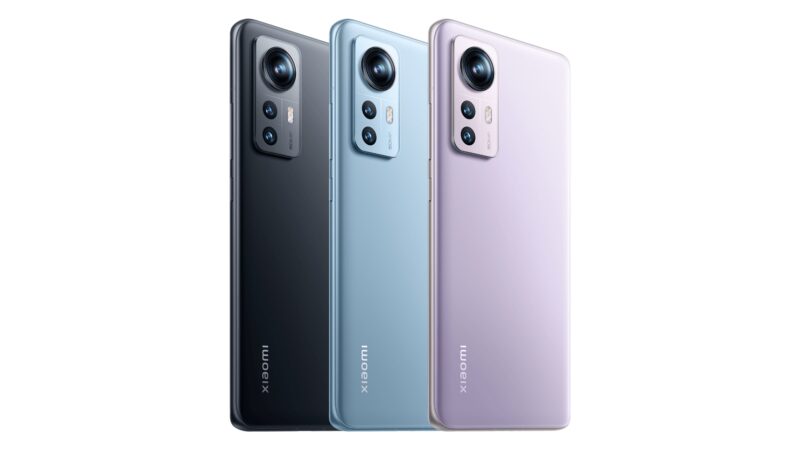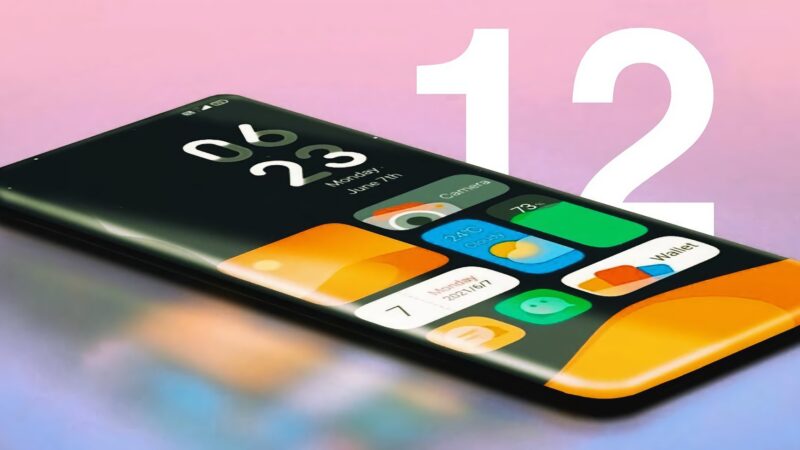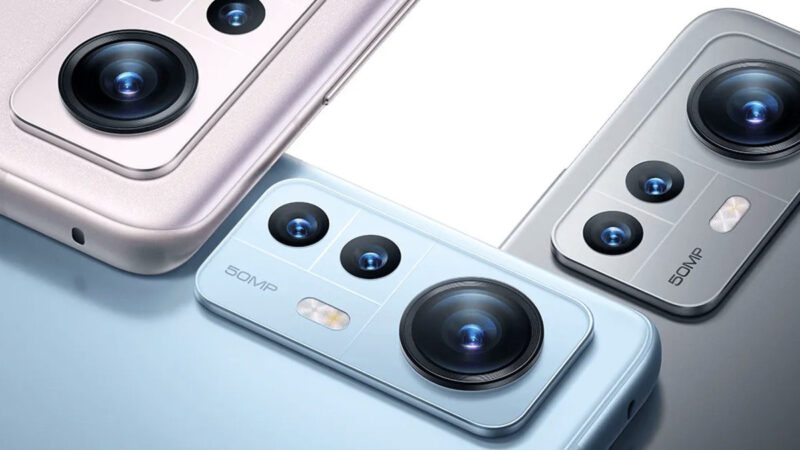Xiaomi Redmi Note 11 Pro and Pro Plus Full Review Part – II | Camera Quality, Competition and More

MIUI 13 is a custom operating system that runs on top of Android 11:
The Xiaomi Redmi Note 11 Pro 5G, like the rest of the Redmi Note 11 lineup, runs Android 11 and MIUI 13 on top of it. The majority of the new MIUI features are hidden behind the scenes, but they should result in a smoother, more innovative, and more secure experience.
This version of MIUI 13 is built on Android 11 and does not include any Android 12 improvements, such as redesigned widgets and a new widget page in the app drawer. There’s also no advanced Privacy Dashboard with features like a secure clipboard, estimated position, or an updated Face Unlock algorithm. The new File Manager and Clock app, which includes Bedtime mode, are missing.
The improved one-handed mode (iOS-style) and the improved camera app with zero shutter lag and motion shots are some noticeable features absent from the Android 11 + MIUI 13 combination.
Finally, the new live wallpapers from the Beauty of Science cooperation, which depict little things like how vitamin C and citric acid crystallize, are not yet available for the Redmi Note 11 series.

Nonetheless, Xiaomi maintains that MIUI has been significantly overhauled, even though the interface and design appear and feel identical to MIUI 12. On the other hand, the new version is said to focus on considerably better resource distribution and should handle processor, RAM, and storage utilization more intelligently.
For example, MIUI 13 is expected to keep track of how much processing and RAM is being used and suspend any currently superfluous tasks to free up resources and provide more fluid performance. Xiaomi claims a 40 per cent increase in background process efficiency over the previous edition.
What sounds incredibly intriguing and relevant for modern devices is liquid storage. According to Xiaomi, storage performance in most phones is half in 36 months due to improper storage management. And that’s where MIUI 13 comes in: it’s 60 per cent more efficient at defragmenting than MIUI 12 and its competitors. As a result, the storage performance decline after 36 months should be only 5%. This appears to be an impressive addition, so let’s hope it lives up to the expectations.
Power management is the final optimization made within MIUI’s core; the new version’s optimization should result in a 10% reduction in power usage compared to MIUI 12.
A new Smart Sidebar allows for even more fluid multi-tasking with pop-up apps. Several features, some of which are unique, have been added to improve privacy.
Now, let’s look at MIUI 13 on the Xiaomi Redmi Note 11 Pro 5G.
The Xiaomi Redmi Note 11 Pro 5G has an Always-on display; however, it can’t be turned on all the time. After a tap, it can only appear for 10 seconds. At the very least, there are numerous AOD themes from which to choose. A handful of them can be altered as well.
In MIUI 13, the Notification effect is referred to as breathing light. It can be used with or without the Always-on Display feature. Essentially, a fancier version of the notification LED leverages the display’s edges of flashing colours as new alerts arrive.
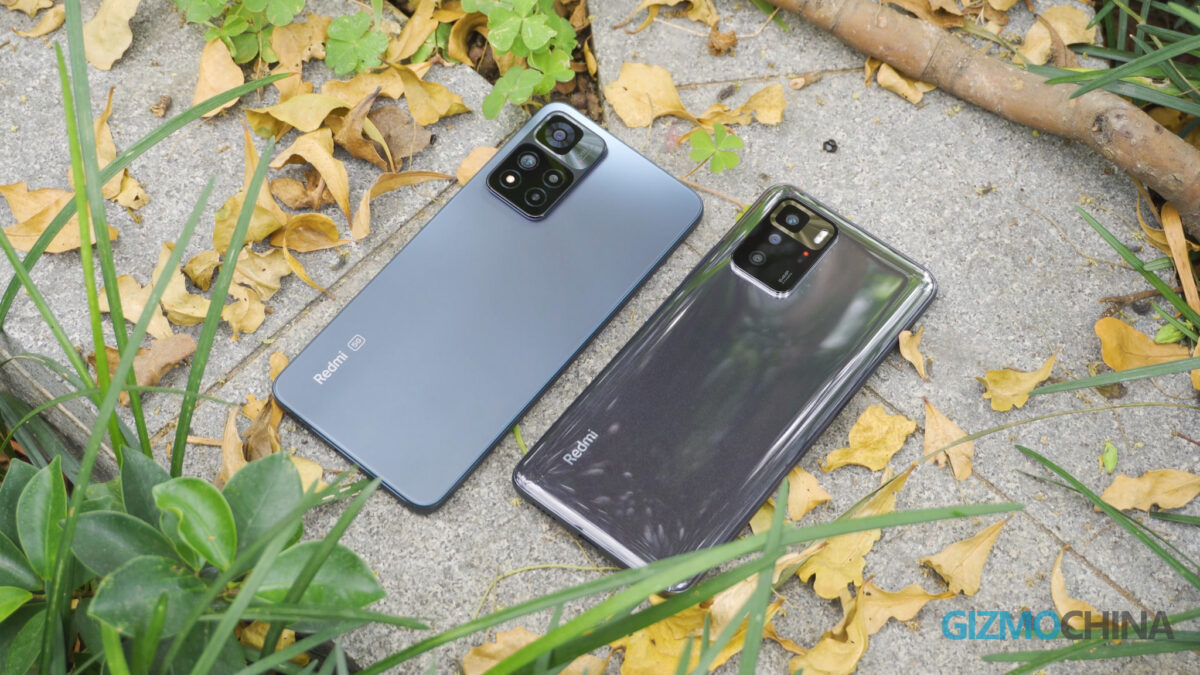
Furthermore, you have the option of customizing the lock screen clock style.
The fingerprint scanner on the side of the screen is used to unlock it. The reader is simple to set up, runs quite quickly, and has excellent accuracy. If you use the phone without a case, you can set the unlock mechanism to Touch or Press. If you are using the phone without an issue, the Press option will prevent unintentional misreads of your palm (which eventually lead to PIN input). There is also a 2D Face Unlock option, although it is significantly less safe than the fingerprint option.
The home screens are populated with shortcuts, folders, and widgets, as is customary. If enabled, Google’s Discover will appear in the leftmost window.
MIUI 13 includes an app drawer that organizes your apps into categories for you. The first option is All, which provides for all apps. Communication, Entertainment, Photography, Tools, News, and Business are the following categories. You can change the names of these categories or turn them off entirely.
If you don’t want to use the app drawer, you can turn it off completely.
MIUI 13 has a standalone Notification shade and Control Center, just like MIUI 12. You summon them the same way you call the Notification Center and Control Center on iPhones: pull down from the left side of the screen for the Notification Center, and pull down from the right for the Control Center.
If you don’t like the iPhone-like split, you can disable the Control Center, and the shade will restore its original appearance and functionality.
You’ll recognize the task switcher if you’ve ever used a Xiaomi. In two columns, it lists all of your latest apps. To use the split-screen and pop-up shortcuts (where available), tap and hold any card, or slide it left or right to close it.
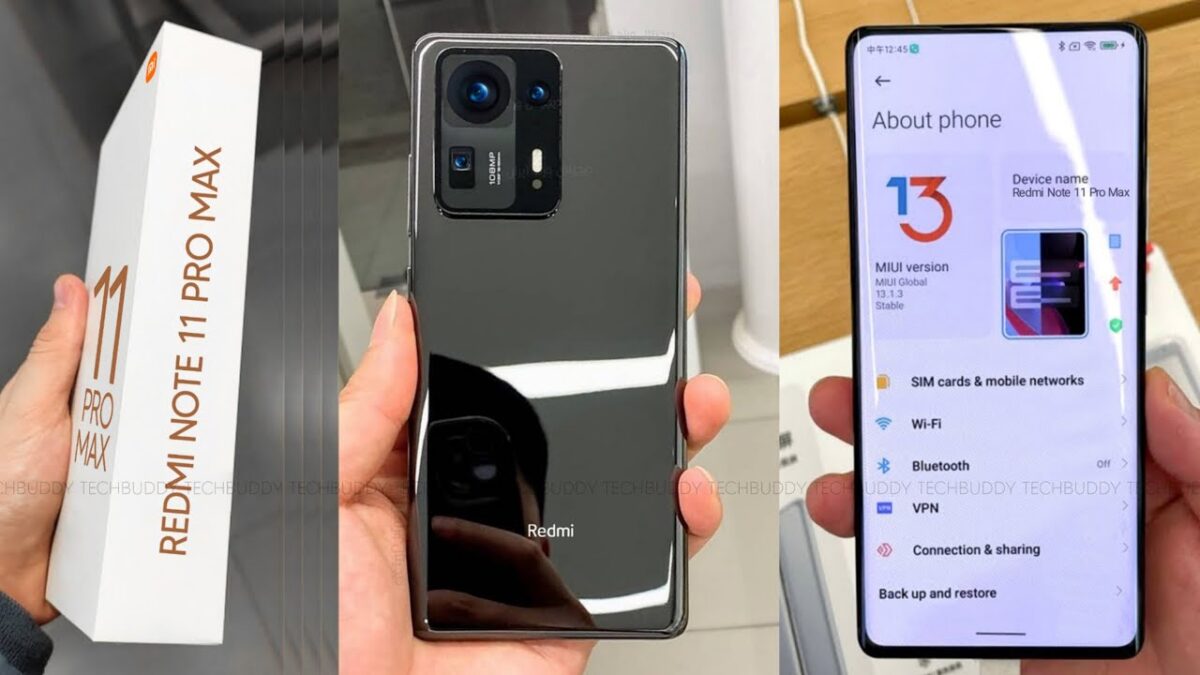
On top of everything, there’s a Floating Windows button. A compatible app can be made to float, but you can only have one floating window open at a time.
Themes have always been a significant component of MIUI, and they’re still present in MIUI 13. Themes may modify wallpapers, ringtones, system icons, and even the always-on display style, and you can download new ones from the Themes store.
MIUI includes its multimedia apps, including Gallery, Music, Mi Video (with streaming options), and FM radio. An MIUI File Manager is also included. There’s also a Mi Remote app that uses the built-in IR blaster.
The Gallery now has a new function called Protective Mark. It inserts a text of your choice across the entire shot as a watermark. This is a great tool to have when you need to take a snapshot of your ID to share with someone.
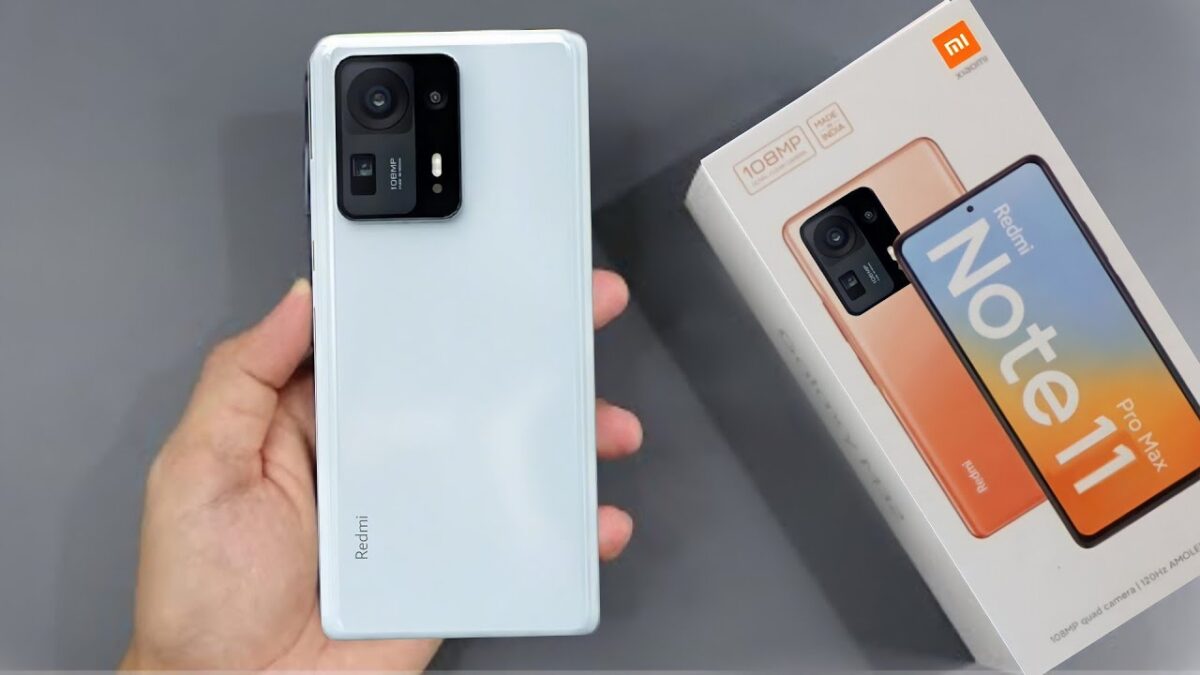
A Security app is also available in MIUI. It can analyze your phone for malware, manage your blocklist, control or restrict data consumption, set battery behaviour, and free up RAM. It can also control your installed apps’ rights, specify the battery behaviour of specific programs, and implement limits to particular apps.
When it comes to memory, MIUI 13 has a Memory Extension option that is turned on by default (you can disable it if you like). It has 3GB of inbuilt storage that may be used as RAM extension. Memory blocks that aren’t as significant should go here.
The Smart Sidebar looks like a small visible mark on the screen’s edge that expands into a menu when you swipe on it. From here, you can open apps in pop-up windows. You can, of course, change the actions in this menu. If you’re in a multimedia app (like YouTube, Mi Video, Gallery, etc. ), the Video toolbox will appear beside the shortcuts, with a Dolby Atmos switch and shortcuts for Screenshot, Record screen, Cast, and Play Video with the screen off. And, sure, the last one works on YouTube without requiring a Premium subscription!
Other noteworthy MIUI 13 enhancements include a better screenshot editor, a brand-new battery page with performance mode, and the ability for the camera app to make films with the screen turned off, which you might not realize at first.
You’ll notice a modern-looking UI with brushes, erasers, text and selection tools, among other things, when you snap a screenshot.
The Battery page has four battery modes: two power-saving options, Balanced (the default), and a new Performance option that may provide a temporary performance boost but eventually throttling. You can also check the battery temperature from here. Performance Mode isn’t available on all phones; it’s only available on the Redmi Note 11 Pro 5G.
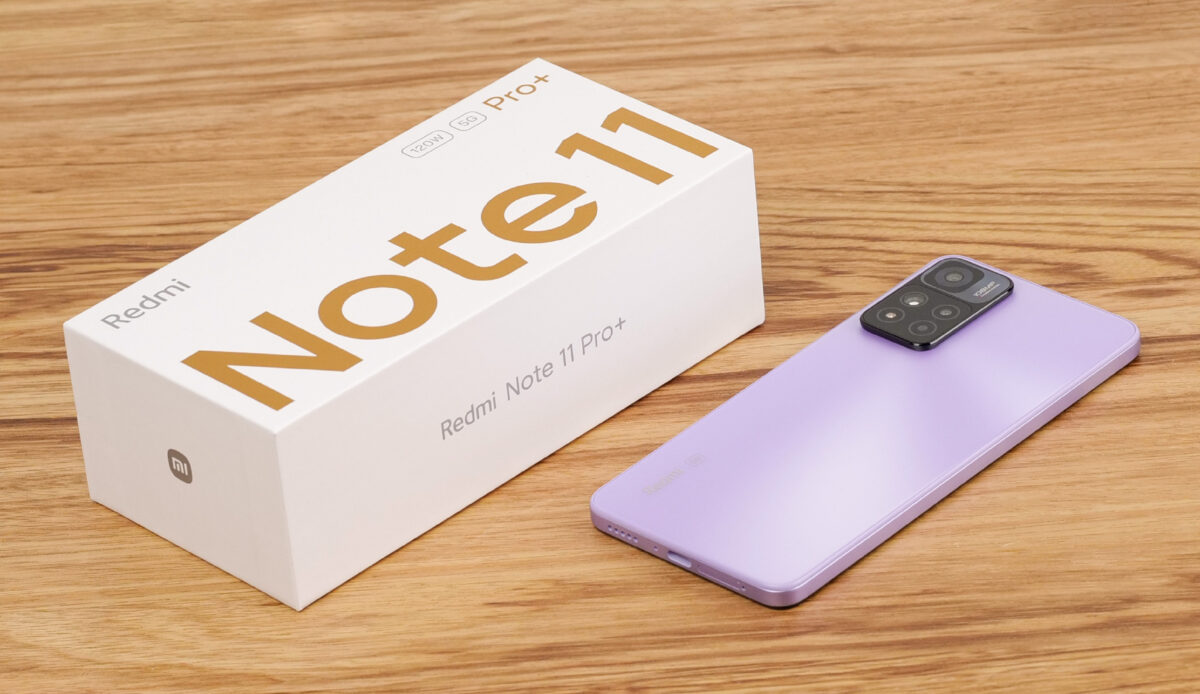
Finally, the Camera app now has Shot with Screen Off, which isn’t new. After three minutes of inactivity, the screen will be switched off if you enable this option.
Ads in default apps are a well-known feature of some MIUI ROMs. The Redmi Note 11 Pro does not have any advertising on our review devices, while the Redmi Note 11, Redmi Note 11S, and Redmi Note 11 Pro 5G contain baked-in ad “recommendations.”
You can disable them, even if it’s a pain because you have to do so for each system app. If you’re upset with the app scanner’s advertisements, go to the settings gear and turn off recommendations. It should be possible to disable ads in the File Manager by going to Settings->About. Disable Recommendations in the Themes section of Settings. Sure, it’s not ideal, but at the very least, you’ll be able to get rid of them all.
Ads in default apps are a well-known feature of some MIUI ROMs. The Redmi Note 11 Pro does not have any advertising on our review devices, while the Redmi Note 11, Redmi Note 11S, and Redmi Note 11 Pro 5G contain baked-in ad “recommendations.”
You can disable them, even if it’s a pain because you have to do so for each system app. If you’re upset with the app scanner’s advertisements, go to the settings gear and turn off recommendations. It should be possible to disable ads in the File Manager by going to Settings->About. Disable Recommendations in the Themes section of Settings. Sure, it’s not ideal, but at the very least, you’ll be able to get rid of them all.
Here’s the deal: the Redmi Note 11 Pro 5G is a quick smartphone, just like the Note 10 Pro before it. We were dissatisfied that no significant upgrades were made, particularly in the graphics department. Many Note 10 Pro users will most likely forgo the Note 11 generation because of this.
The most significant flaw is the Note 11 Pro 5G’s higher pricing, which directly competes with considerably speedier smartphones like the Galaxy A52s, the Nord 2, and even Xiaomi’s own 11 Lite 5G NE. And we believe the Redmi has little chance right now against these.
On the rear, there’s a typical tri-camera system.
The Xiaomi Redmi Note 11 Pro 5G features a triple-camera system with a 108MP primary camera, an 8MP ultrawide camera, and a 2MP macro lens.
The first two cameras are identical to those on the Redmi Note 10 Pro, while the macro camera has been lowered since last year. The Note 11 Pro 5G lacks a depth sensor as well.
“With a 0.7m pixel sensor and a 24mm f/1.9 lens, it’s a powerful camera. The primary camera is a Samsung ISOCELL HM2 1/1.52MP 108MP camera. The output resolution is 12MP, and the colour filter is Nona-Bayer, which means nine sensor pixels are merged into one 2.1m. The PDAF format is available. Night Mode is only available on this camera.

Behind a 16mm f/2.2 lens, the ultrawide camera features an 8MP Sony IMX355 sensor. The focal point is set to infinity. There isn’t a Night Mode in this game.
A 2MP GalaxyCore GC02M1 sensor sits behind an f/2.4 lens in the macro camera. The focus is set at a distance of roughly 4cm.
A 16MP OmniVision OV16A1Q 1/3.06″ sensor is used in the selfie camera “A sensor with 1.0m pixels and a Quad-Bayer filter was used. It’s hidden behind an f/2.4 lens with a fixed focus. While this camera is advertised to take 4MP photos, it instead takes 16MP selfies.
App for taking pictures:
Though it has its peculiarities, the camera app is a relatively straightforward application. Sideswipes (on the black bezel!) is used to change modes, and you can also tap on the methods you see to switch to them directly. The toggle next to the shutter release is the only way to switch between the front and rear cameras; up and down swipes don’t function.
By going to the More tab and browsing to the edit button in the main Rolodex, you can add, remove, and rearrange modes and do so from the settings menu. The new ways will remain on the More tab, but you can switch to a (less intuitive) pull-out pane accessed through a line adjacent to the shutter release.
Additional choices may be found in the hamburger menu at the far end, including the Super Macro mode (why isn’t this a Rolodex mode? ) and the icon to enter the settings. A flash mode switch, an HDR switch, an AI toggle, a shortcut to Google Lens, and a magic wand with beauty effects and filters are all located next to the hamburger menu.
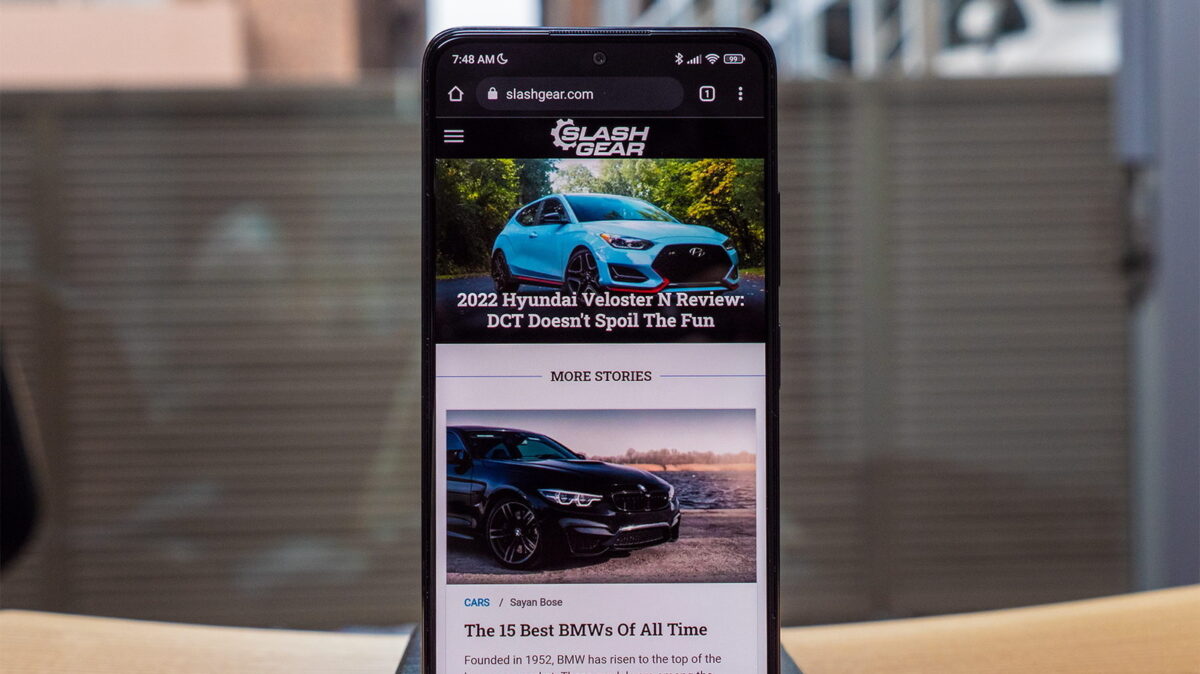
There’s the camera zoom switch on the near end, which can be used in one of two ways. The first is to select one of the three dots that signify ultra-wide, primary, or 2x digital alternatives. Alternatively, you can tap and slide sideways on the active magnification to expose even additional zoom levels – 2x and 10x- and a slider for intermediate magnifications.
Additional choices may be found in the hamburger menu at the far end, including the Super Macro mode (why isn’t this a Rolodex mode? ) and the icon to enter the settings. A flash mode switch, an HDR switch, an AI toggle, a shortcut to Google Lens, and a magic wand with beauty effects and filters are all located next to the hamburger menu.
Camer Zoom in Switch:
There’s the camera zoom switch on the near end, which can be used in one of two ways. The first is to select one of the three dots that signify ultra-wide, primary, or 2x digital alternatives. Alternatively, you can tap and slide sideways on the active magnification to expose even additional zoom levels – 2x and 10x- and a slider for intermediate magnifications.
We regret to disappoint you if you expected lossless 2x zoom. The processing tries to do more than just digital zoom, such as trimming the centre of the 108MP image but fails horribly. The zoomed photographs have a lot of noise and many image artefacts, and they’re way too sharp.
There’s a 108MP setting, and the high-res photographs aren’t just upscaled. The 108MP snaps, like the stock photos, have an outstanding colour presentation, high contrast, and an excellent dynamic range. They’re not particularly sharp, have mediocre detail, and there’s a lot of noise. However, there is one major caveat.
However, shooting in 108MP and then downsizing to 12MP will often result in better-detailed photographs with natural-looking clarity and less visible noise. It’s inconvenient because a single 108MP photo can easily exceed 20MB. If you don’t like the default processing, this is one way to get around it.
The 8MP ultrawide images are adequate for a low-cost ultrawide camera. They have a wide dynamic range – the contrast is sufficient thanks to the Auto HDR’s occasional involvement, and the distortion correction does an excellent job of correcting the corners.

The ultrawide photographs have mediocre quality and are pretty soft; the colours are either washed out or warmer than they should be, and some noise is still discernible despite the noise reduction processes.
These aren’t among the best in the class, but they’re not among the worst; we’d call them ordinary. However, we believe these 8MP ultrawide images are slightly inferior to those taken with the same camera on the Redmi Note 10 Pro, which is disappointing.
The 8MP ultrawide images are adequate for a low-cost ultrawide camera. They have a wide dynamic range – the contrast is sufficient thanks to the Auto HDR’s occasional involvement, and the distortion correction does an excellent job of correcting the corners.
The ultrawide photographs have mediocre quality and are pretty soft; the colours are either washed out or warmer than they should be, and some noise is still discernible despite the noise reduction processes.
These aren’t among the best in the class, but they’re not among the worst; we’d call them ordinary. However, we believe these 8MP ultrawide images are slightly inferior to those taken with the same camera on the Redmi Note 10 Pro, which is disappointing.
The primary camera’s 1080p low-light films are also rather lovely. They’re detailed, with minimal noise and good colour saturation. The dynamic range is adequate, and the exposure is sufficient. When the opportunity arises, this camera will produce excellent night videos.
The competition is fierce:
The Xiaomi Redmi Note 11 Pro 5G is part of one of the most recognizable smartphone series ever, and the Notes have always had high expectations. The Note 10 Pro has already set a high standard for its successor. However, while the Note 11 Pro 5G appears to be a deliberate continuation of the series, it fails to deliver on the novelties and loses specific previously available capabilities.
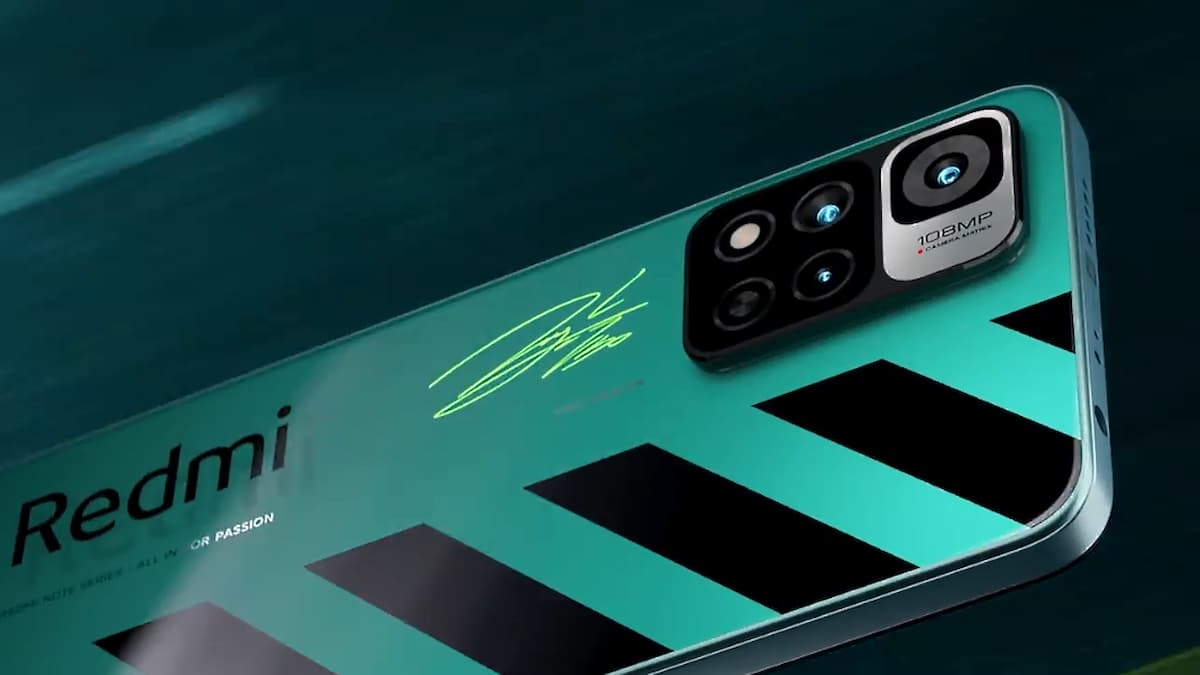
We recognize that circumstances are complex and may become even more complicated before things return to a state that we can call normal. With that in mind, let’s look at the Redmi 11 Pro 5G’s rivals.
In Europe, the 6/128 edition of the Redmi Note 11 Pro 5G costs €370, which isn’t the most appealing pricing for long-time Note enthusiasts and users. Usually, the Notes are sold for less than €300; thus, this new price is highly exorbitant.
The Realme 9 Pro+ 6/128 costs €380, around the same as the Note 11 Pro 5G. While the 90Hz AMOLED screen is slower, the Density 920 5G chipset provides speedier performance, and the 50MP primary camera with OIS, 2x lossless zoom, and 4K video capture is superior.
Then there’s the normal Realme 9 Pro, which costs €320. It boasts a 120Hz refresh rate and an IPS LCD panel. It contains the same Snapdragon 695 5G chip and a similar triple-camera setup, but instead of a 108MP primary sensor, it has a 64MP one. The most apparent differences are the lack of stereo speakers and the charging speed of ‘only’ 33W. It is, however, less expensive, so we suppose it makes sense.
The OnePlus Nord 2 5G is still on sale, and it’s a great deal. The Nord 2 is about €20 cheaper than the Redmi Note 11 Pro 5G, and while it lacks a microSD card slot, an FM radio, and a 3.5mm jack, it packs plenty of punch. It sports a 90Hz AMOLED display rather than a 120Hz one, but it comes with a flagship-grade Dimensity 1200 5G chipset and a high-end 50MP OIS camera on the back.
Samsung’s Galaxy A52s 5G is the Redmi Note 11 Pro 5G’s most serious competitor. This is one of the most excellent phones in the mid-range category, and it costs around €50 less than the Redmi. The Galaxy A52s is dust and water-resistant, sports a 120Hz Super AMOLED screen, and runs on the Snapdragon 778G 5G processor, which is substantially more powerful. It also outperforms the Redmi camera quality, with a high-resolution 64MP OIS primary camera, a higher-resolution 12MP ultrawide, a 5MP macro shooter, and even a depth sensor. The 32MP selfie camera can also record 4K films! The Galaxy A52s make more sense now than the Redmi Note 11 Pro 5G.
The competition within the company is very fierce. Let’s take a look at the Poco X3 GT first. This is an €80 less expensive option with a similar screen and camera but more powerful technology (Density 1100 5G). It’s just more logical.
The €280 Xiaomi 11 Lite 5G NE has a 90Hz AMOLED with a billion colours and Dolby Vision HDR video, a far more powerful Snapdragon 778G 5G chip, and a triple camera with a high-end 5MP telemacro, as well as excellent photo and video quality.
The basic Redmi Note 11 Pro is cheaper at €330, but you’ll lose some raw GPU power and the lack of connection. We can’t solely recommend the 4G model, given how weak these chipsets are.
However, we recommend looking at the €270 Redmi Note 10 Pro. It’s essentially the Redmi Note 11 Pro 5G, except without the 5G and far superior camera and video quality. And the charging speed of 33W is still relatively rapid.
Our conclusion:
The Redmi Note 11 Pro 5G is an excellent smartphone; there is no doubt. It features a 120Hz AMOLED screen, strong speakers, fantastic battery life and charging speed, and respectable performance and photography capabilities. Its design is also pretty appealing.
The new Note is also a legitimate member of the Redmi Note series, so it’s neither a letdown nor a failure. It debuts with a price that is likely to be relevant to market conditions in 2022.
